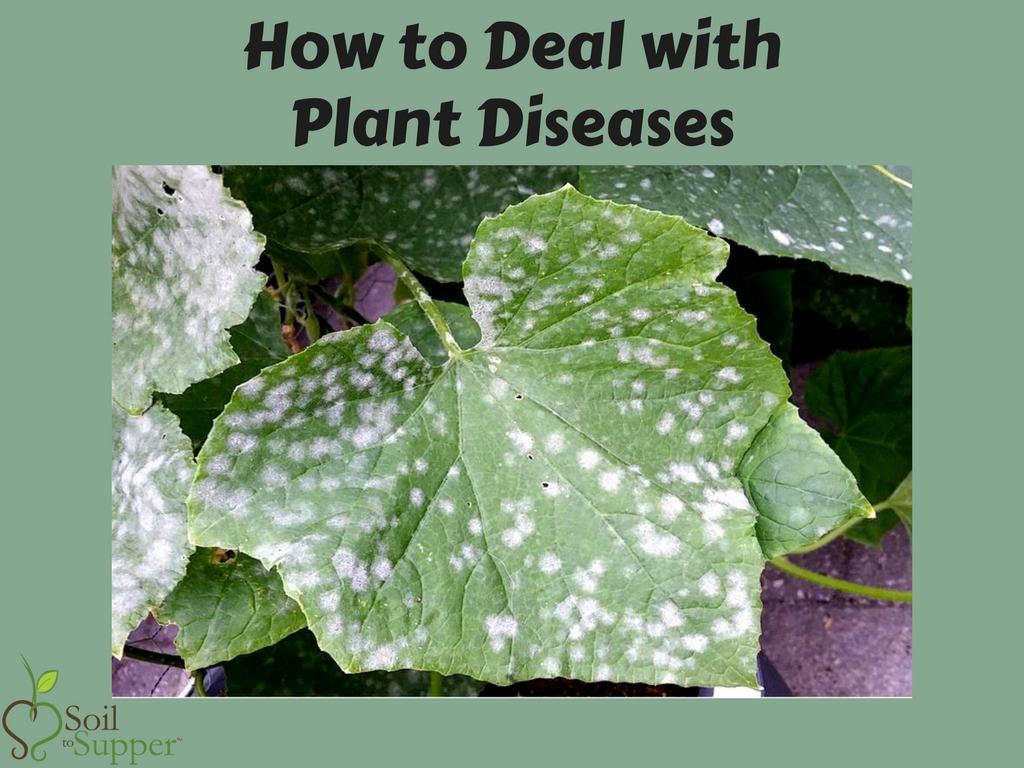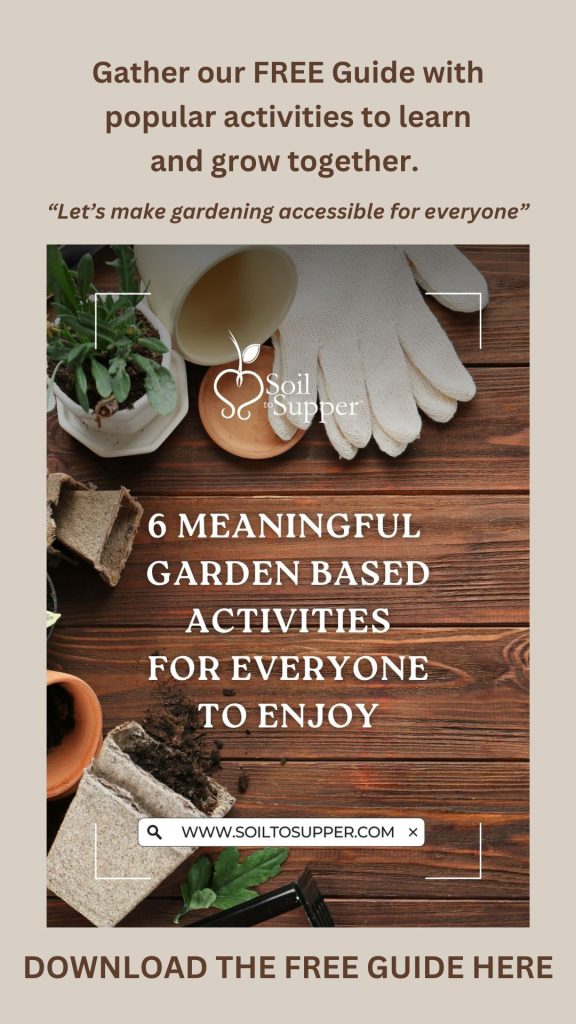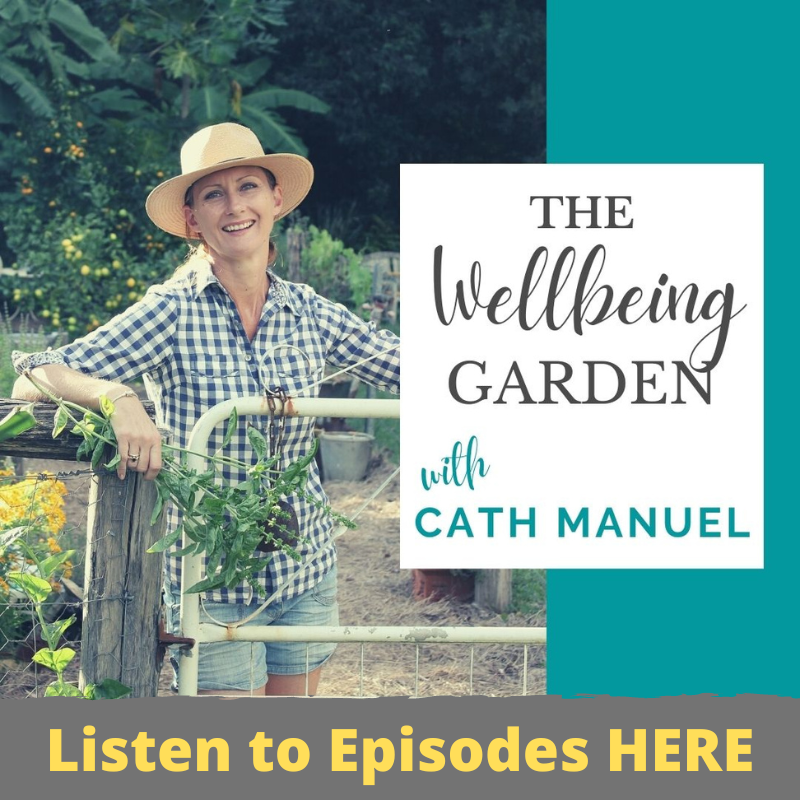Have you ever noticed that one minute your plants are thriving and next minute they’re dying??
You look at your plants and wonder “What’s going wrong?”
Usually the first thing we do is water our plants as they usually look a little droopy. Or we look for signs that they’ve been eaten by bugs!
If you can’t find the reason why your plants are looking unhealthy or dying it may be due to a disease.
What is a plant disease?
One definition is…an abnormal physiological process that disrupts the plant’s normal structure, growth, function or other activities.
Diseases are…
Biotic - fungal, bacterial, viral, nematodes.
Abiotic – caused by environmental factors, eg soil health, sun, wind, frost or a dramatic change in weather conditions.
Common Diseases…
- Most diseases we find are Fungal which are organisms from the fungi family.

Fungal diseases kill most vegetable plants by causing stress in plants. They appear on leaves of plants, in stems and also in plant’s roots.
This group includes leaf spot, powdery mildew, black spot, root rot, sooty mould, blight and rusts.
- Bacterial diseases multiply rapidly from a change in environmental conditions.
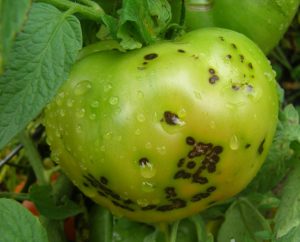
It’s difficult to see difference in fungal and bacterial diseases, so you would have to consider environmental factors when determining the type of disease present on plants.
Bacterial diseases affect all parts of the plant and enter through damage to roots, stems, branches and leaves.
This group includes black rot, bacterial wilt, bacterial blight and leaf spot.
[image courtesy of University of Minnesota Extension]
- Viral diseases are transferred to plants by a carrier. One example is a chewing insect that has eaten the plant’s foliage. Viral diseases aren’t visible to the human eye, so identification is by viewing the damage
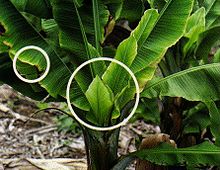 these diseases cause to plants, not the virus itself.
these diseases cause to plants, not the virus itself.
Viral diseases affect all parts of the plant and enter through damage to roots, stems, branches and leaves.These include leaf curl, wilt, mosaic virus.
Names of each virus are given to individual plants that are affected, eg tomato mosaic virus or banana bunchy top virus.
[image courtesy of Wkipedia https://en.wikipedia.org/wiki/Banana_bunchy_top_virus ]
- Nematodes are microscopic worms that live in soil and are not visible to the human
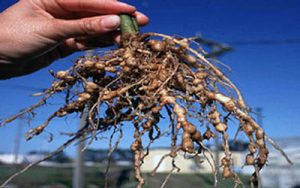 eye. They feed on micro-organisms in soil and it’s parasitic nematodes that are the problem!
eye. They feed on micro-organisms in soil and it’s parasitic nematodes that are the problem!
They feed on roots of plants and cause problems with foliage and plant stem growth and mainly affect Solanaceae family, eg tomato, eggplant, capsicum and potato.
[image courtesy of Wikipedia https://en.wikipedia.org/wiki/Plant_pathology]
Why plants get diseases.
The main cause of diseases is unhealthy plants and a sudden change in the environment!
A few causes of unhealthy, diseased plants are…
- lack of life in soil
- low organic matter in soil
- constantly wet or damp soil
- dry lifeless soil
- use of chemicals
- incorrect pruning
- nutrient deficiency
The ways to manage or minimise diseases…
- build healthy soil through composting and natural ingredients. Follow my simple steps here…
- follow good hygiene methods – clean and sharpen tools after use, disinfect recycled pots before use.
- encourage good bugs to garden – grow companion plants! Read all about plants here…
- keep soil not too wet or not too dry…but just right!
- remove infected plants or cut back infected parts immediately and dispose thoughtfully.
- pick up ripe or rotten fruit off the ground to prevent the spread of diseases.
- don’t use chemicals!! These will kill the good guys in the garden. Learn how to grow an organic garden here…
- observe any changes in your garden by regularly checking health of plants, especially through changes in weather conditions.
When considering what the problem is with your plants, firstly determine if it’s abiotic, eg caused by a change in environment, have you received a lot more rain, hot dry conditions or heavy frost?
Or is the disease biotic?
By regularly observing your garden and any changes in the weather conditions, you can quickly determine what problems your plants have and how to treat them.
Keep in mind that plants are very similar to us.
When we are healthy and happy we have a stronger immune system, and can fight off bugs and diseases. When our bodies are weak and immune system is low, we are more prone to dis-ease in our bodies.
Plants are just the same. So focus on creating healthy, happy plants and you will find less problems with them!
Have a question about your plants or garden?
Join our Soil to Supper Facebook Club and post questions, comments and ideas each day!
Would you like to be a part of an online gardening community to gain a deeper understand of growing fresh food?
Consider joining the Soil to Supper Community where I’ll provide you with a monthly gardening guide, information on what to do and extra support to help you grow a thriving garden, amongst a group of other wonderful seasoned gardeners.
More information here soiltosupper.com/community/
Enjoy this article?? Share with your family and friends…find the buttons below!
© cath manuel 15 january 2018

